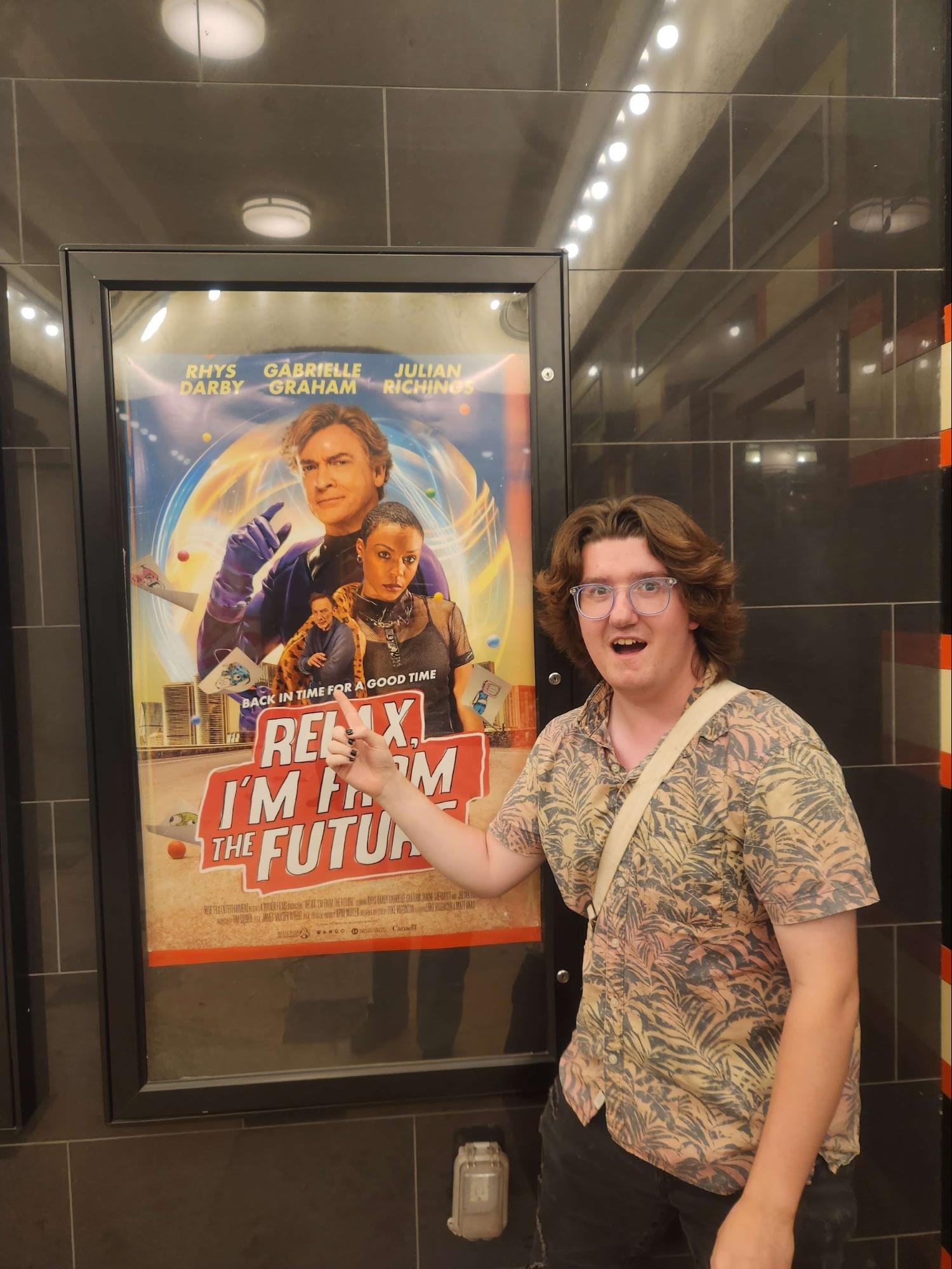Canadian writer-director Molly McGlynn’s semi-autobiographical portrayal of MRKH syndrome is painful to watch yet necessary.
By Isabella Soares
Maddie Ziegler and Emily Hampshire as a mother and daughter duo in Fitting In. (Image via Elevation Pictures)
"The body is not a thing, it's a situation." This quote pinpoints the main question that Canadian writer-director Molly McGlynn poses with her second directorial feature Fitting In.
What is initially a coming-of-age story about Lindy (played by Maddie Ziegler), a teenage girl eagerly awaiting her first period and looking forward to losing her virginity to her high school crush, quickly turns into body horror.
When Lindy goes to the gynecologist for the first time, she expects to get out of her consultation with a birth control method in mind but learns instead that she has Mayer-Rokitansky-Küster-Hauser (MRKH) syndrome, essentially meaning that she doesn't have a vagina or a uterus.
Startled by the realization that her dream of one day having two kids is no longer a possibility, and disappointed that she won't be able to have sex as soon as she hoped, Lindy finds out that the only way for her to be able to have a "normal girl life" is if she carves a vagina for herself with a dilator or has surgery. Although she initially sees this diagnosis as an automatic burden, it also opens her mind to what it means to be a girl and the question of her need to fit in.
Something magical happens when a filmmaker tells a story that is meaningful to them. They add even more nuance and details based on their own lived experience. McGlynn's work in Fitting In is personal, and that in itself, is a win. In a way, it seems like the film is a letter to McGlynn's younger self, giving her teenage version an inside glimpse of the hardships as well as the light at the end of the tunnel.
Casting Maddie Ziegler as the main character in this project is also a thumbs-up choice. After her riveting performance alongside Jenna Ortega in HBO's The Fallout in 2021, the actress and dancer's latest acting credit is arguably her best yet.
Ziegler also has great onscreen chemistry with her character's mom Rita, played by Schitt's Creek alum and Canadian actress Emily Hampshire. Although both are going through different situations, they share the same concern for body image. While Lindy feels like an outsider for not having a vagina like her classmates, Rita is trying to get back into the dating world while still feeling insecure in her own skin as a breast cancer survivor who’s unable to afford plastic surgery.
Although Fitting In is oftentimes a hard watch, it also sheds light on a much greater issue: body agency. No matter what your body looks like and whether it is conventionally perfect or not, it isn't anyone's business to dictate what you should do with it. From the beginning of the film, Lindy is treated by her male gynecologist as a problem needing to be fixed; it's only when she meets Jax (Ki Griffin), who is intersex and open about it, that she slowly comes out of her shell.
Despite this coming-of-age tale striking a cord and bringing a fresh perspective about a rarely talked about syndrome, Fitting In does feel underwhelming at times. The pacing slows down towards the halfway mark when Lindy begins to make a series of insensitive decisions. Although Lindy's attitude stems from her urge to conform, the scenes play out like a repetition of many overplayed high school storylines. The film could've also benefited from more satirical song choices, as it does in a scene where "Barbie Girl" starts playing through Lindy’s headphones during a scan.
Overall, Fitting In isn't a total home run, but it is an incredibly important story worthy of attention. From tackling the pressures to fit into a certain mould as a girl to showcasing a diverse cast, the film's strengths are in its powerful storytelling that goes beyond the surface level.
The film does a great job of showcasing humanity over the medical examination, giving the characters heart, soul and personalities that are separate from their diagnosis. Even if the pacing loses its grip halfway through, the audience is still drawn to the characters until the very end. It is also refreshing to know that McGlynn was able to enlighten audiences with bits and pieces of her story.
The film allows the viewer to sympathize with the hardships of having MRKH, such as not being able to have periods or get pregnant, and undergoing the pain of inserting medical dwindles daily in the hopes of getting sexually active. With so many of these struggles putting into question a girl’s identity, it is heartwarming when Lindy finally lets go of her insecurities and looks at her MRKH with pride.
Fitting In is currently available on VOD. Click here to rent it through Prime Video.













